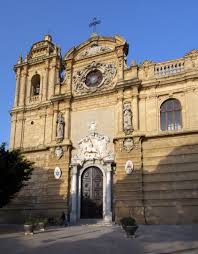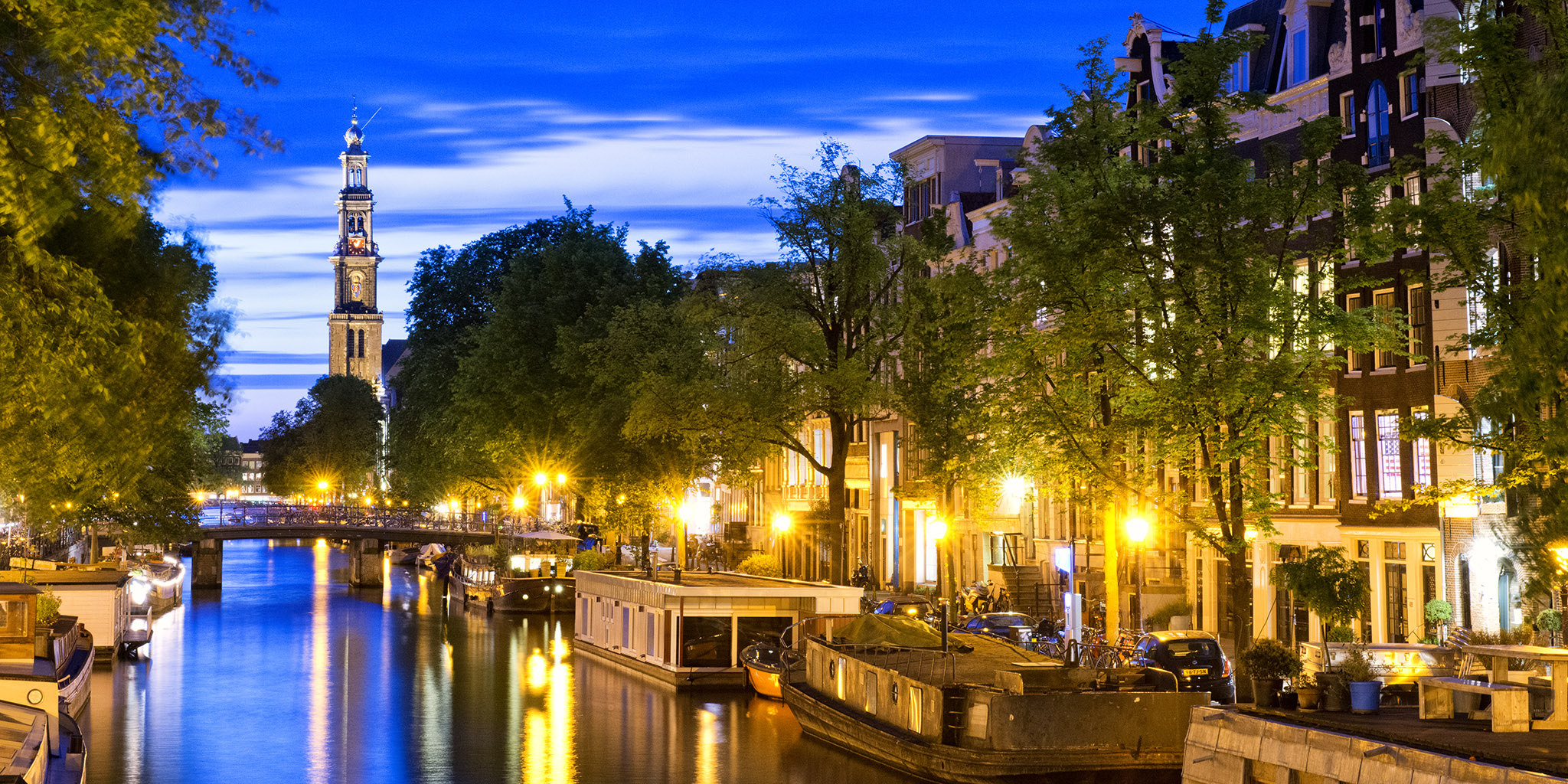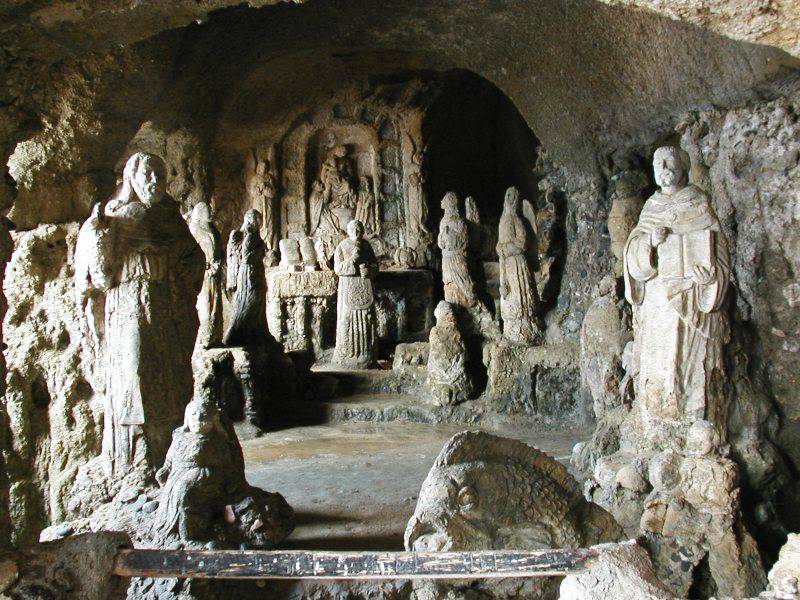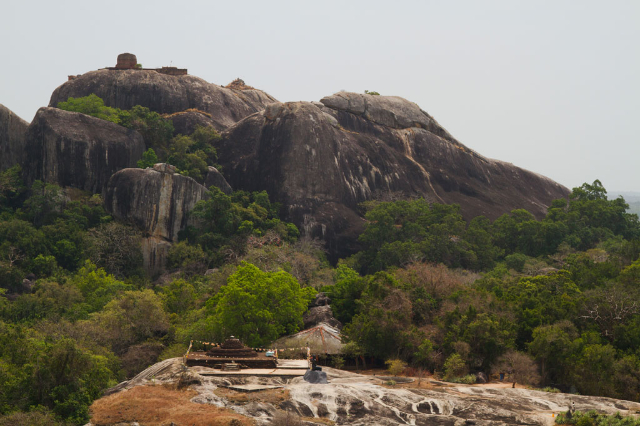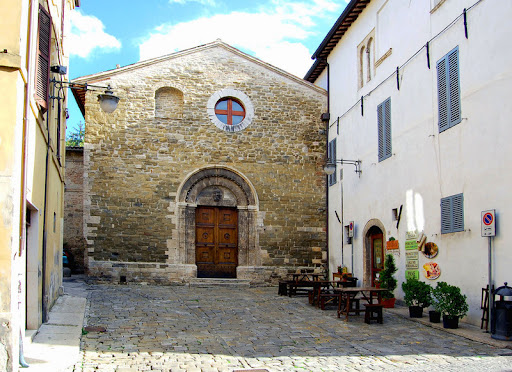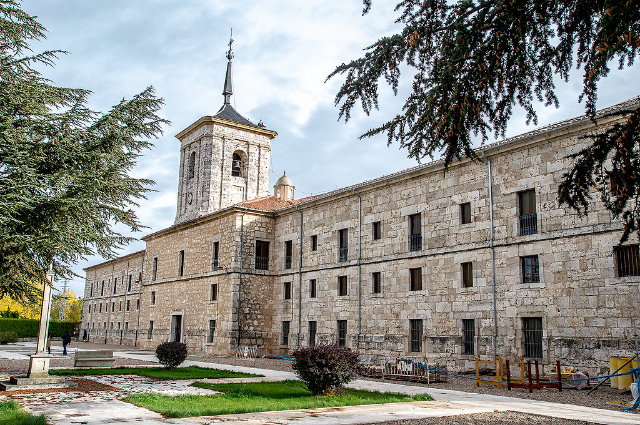The Cathedral of the Holy Savior was built at the behest of Roger I, following a vow made during the battle of 1072 against the Saracens. Etienne de Rouen directed the works between 1086 and 1093, building it on the ruins of an ancient basilica destroyed by the Saracens in 828.\In 1477, with the flourishing of the Renaissance period in Sicily, the bishop Giovanni Monteaperto Chiaramonte remodeled the whole building, endowed it with a superb façade, built the Chapel of Santa Maria del Soccorso, enriched it with a library of Greek and Latin codes, a room for the conservation of the Cathedral Treasure and for the collection of tapestries, and finally ordered its burial in a monumental sarcophagus.\Around the end of the seventeenth century it was radically transformed, by Don Pietro Castro, into a baroque cathedral with a basilica plan, in the shape of a Latin cross, so that of the original construction only the walls of the transept and the apse are preserved.\In 1980 Pope John Paul II elevated the cathedral to the dignity of a minor pontifical basilica. Inside, with a nave and two aisles, there are several works of art, including a wooden crucifix of the thirteenth century, three Roman sarcophagi, a marble portal of 1525, the marble ciborium and frescoes by Gianbecchina.\On the high altar there is the Transfiguration on Mount Tabor, a composition of six marble statues representing respectively Jesus Transfigured, Prophet Moses, Prophet Elijah, Saint Peter Apostle, Saint James Apostle, Saint John Apostle, a work commissioned to Antonello Gagini in 1532 and completed by his son Antonino in 1537.\The marble statue depicting St. Vincent with five stories in relief on the pedestal, undocumented attribution to Antonino Gagini made in 1537.
